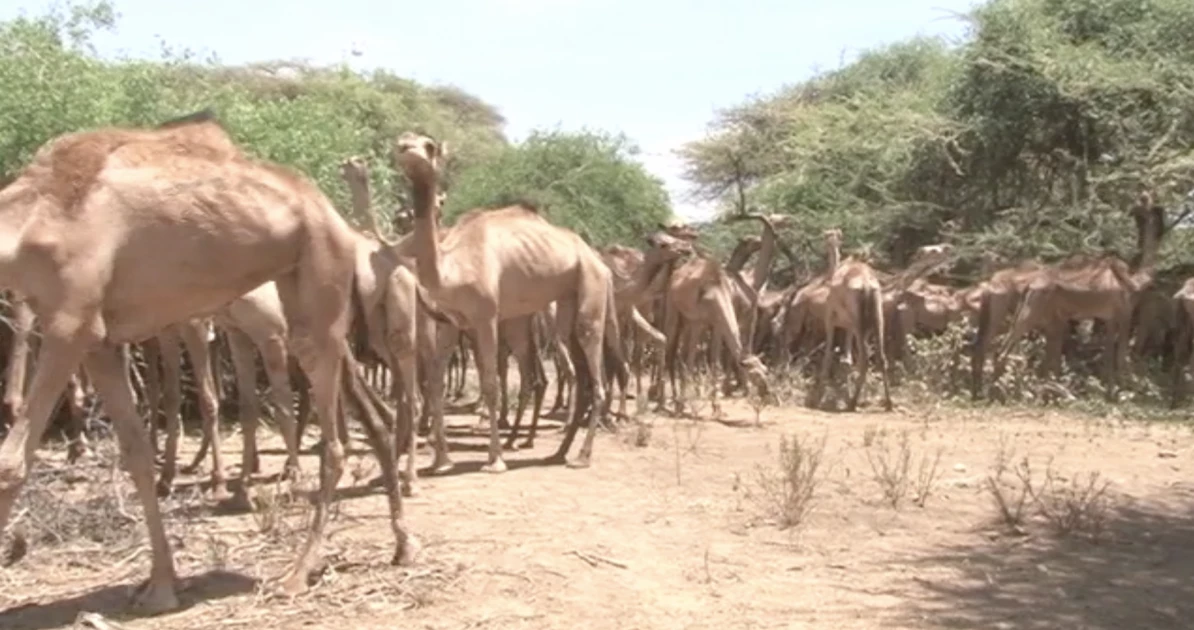'Miracle animal': Samburu residents look to camel farming to beat losses as drought wipes out cattle

Samburu residents have been urged to take up camel farming. /JJ NAMNYAK

Audio By Vocalize
Samburu county Livestock chief officer, John Keperes, said that the county started a drive to distribute 1,000 camels to families to deal with drought and help families beat poverty.
“We have taken up camel farming because the animal is a miracle animal. It is able to survive in harsh climatic conditions and provide nourishment and a source of livelihood to families. While cattle die and migrate during the dry season, camels are able to withstand climate change and provide milk to families for subsistence as well as for sale. The camel can walk 15 days without water,” he said.
Residents were however warned against selling the animals to get quick cash, spending the money and then returning to the point of lacking a source of milk and livelihood.
“Though the animal fetches a good sum in the market, we want to warn residents to refrain from selling them because this project is supposed to be long-term and offer a livelihood to families,” Keperes said.
Anthony Lisiko, a resident, said, “We are happy about the project as we will be able to get milk and a source of livelihood.”
Another resident said that he lost all his cattle during the dry season.
“I had goats and cows but they all died during the dry season. I am hoping that with camel, the story will be different,” he said.


Leave a Comment